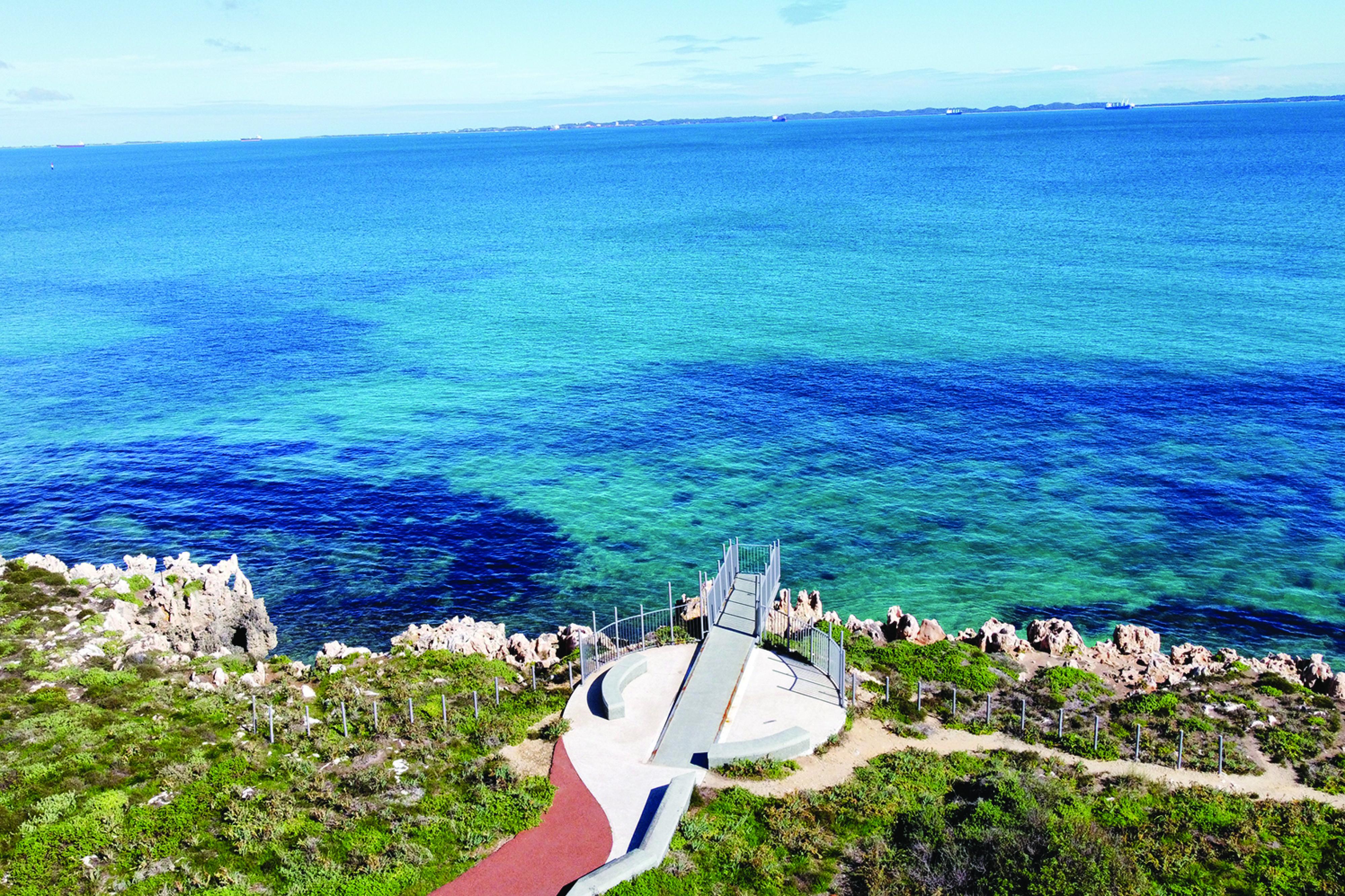Park Feature - Beeliar Regional Park
Beeliar is the traditional lands of the Nyoongar Aboriginal people and a natural habitat and refuge for wildlife. Water birds come to nest and feed in the wetlands, making it a great spot for nature watching and photography.
This article appeared in LANDSCOPE magazine Spring 2022.
Beeliar Regional Park, a 3400-hectare park south of Perth, protects banksia woodlands, coastal cliffs, 26 lakes and many associated wetlands in two main chains of swamps and lakes. One of the lakes, Thomsons Lake, is recognised as an internationally important wetland under the Ramsar Convention because of its bird habitat. The wetlands there attract a riot of migratory birds, many of which have travelled from as far afield as Russia and China.
History
The park’s name is a local Nyoongar Aboriginal word for the area, which was used by a tribal group of 58 people led by Midgegooroo. The eastern chain of lakes was an important camping and ceremonial place for Nyoongar people as well as a major source of food. The chain of wetlands was a part of a major trade route between Aboriginal people in the Swan and Murray river areas. At Booragoon Lake, the Western Australian Museum has found evidence that the western side of the lake was used as a Nyoongar camp site and food source for at least 38,000 years.
European interest in the area started in 1830 when Thomas Peel developed the Clarence settlement. Settlers were attracted by the abundance of water and good soil. However, it was not until the late 19th century that intensive agriculture began, coinciding with the 1890s gold rush.
Natural attractions
Each year in mid-summer, some 10,000 waterbirds flock to the area before returning to their northern hemisphere homes. These include species such as greenshanks (Tringa nebularia), red-necked stints (Calidris ruficollis) and sharp-tailed sandpipers (Calidris acuminata). The park also supports a myriad of bush birds, reptiles and amphibian species and mammals such as the quenda (Isoodon fusciventer), western grey kangaroo (Macropus fuliginosus) and western brush wallaby (Notamacropus irma).
The park contains a range of wetland and coastal vegetation. Many of these vegetation types were once widespread across the Swan Coastal Plain but have now been significantly cleared. The park also has several maintained grassed parklands, as well as limestone cliffs along the coast.
Exploring the park
Beeliar Regional Park provides a relatively undisturbed area within an urban environment. You can observe the many bird species found at Thomsons Lake by setting out on a six-kilometre trail around the lake. Bird lovers should also head to the bird hide, walk trails and boardwalks at The Spectacles.
For a family day out, try Bibra Lake or Manning Lake, which have grassed picnic areas, toilets and walk and bike trails. Or head to the coast at Henderson Foreshore lookout, where you can stand on a limestone cliff and take in views of Garden Island.
Do it yourself
- Where is it? Southern suburbs of metro Perth
- What to do: Cycling, walking, bird watching, on-leash dog walking
- Facilities: Playgrounds, walk trails, lookout
- Nearest Parks and Wildlife Service office: Regional Parks Unit, Swan Region, (08) 9443 0300


